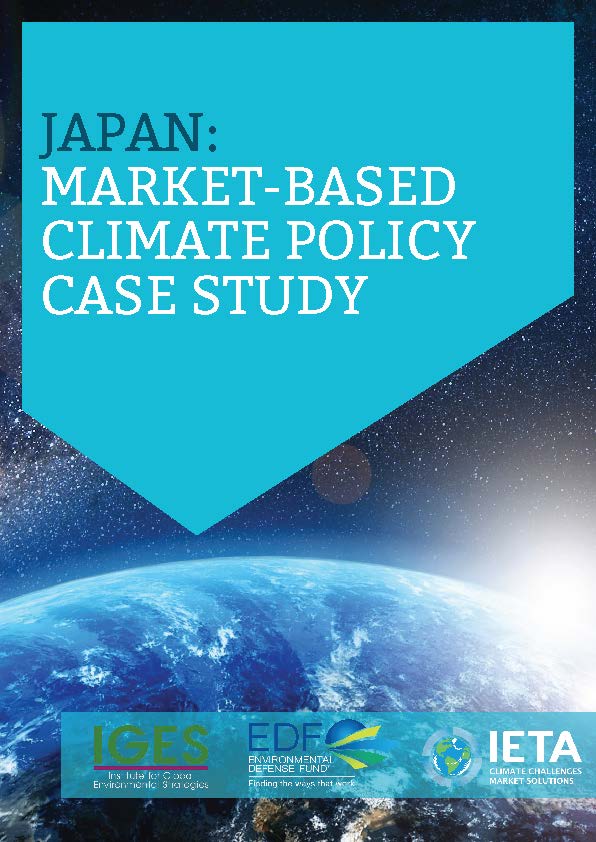The long-standing relationship between Japan and India forms a favourable precursor for the countries to collaborate further under the Article 6 mechanisms of the Paris Agreement. While Japan’s support to India for promoting low-carbon technology and clean energy use can help minimise carbon emissions, the partnership will in turn give greater...
- クリア
- タイプ: (-) イシューブリーフ
- トピック: (-) 市場メカニズム
- 地域 / 国: (-) Japan
- 地域 / 国: (-) Micronesia
- 地域 / 国: (-) Myanmar
4件中 1~4件 (日付順)
This case study covers the experimental Japanese voluntary ETS, the J-Credit System, the Tokyo Cap-and-Trade Program, the Joint Crediting Mechanism, Commentary on Market Functioning, and Policy Distinction. Remarks: This case study is co-authored by the IGES, the International Emissions Trading Association (IETA), and the Environmental Defense Fund...
Assuming all thermal power plants currently planned for construction and replacement are put into operation, coal-fired and gas-fired power plants need to operate below 56% and 43%, respectively, of their capacity factor in order to achieve Japan’s electric power sector’s voluntary emissions intensity targets for 2030. However, the voluntary...
2014年4月、京都議定書に批准する先進国の温室効果ガス(GHG)排出量および2013年までの京都メカニズムクレジット(以下、京メカクレジット)の取得量が公表された。本レポートでは京都議定書第一約束期間における達成手段をまとめた。 ・日本は、2008年から2012年における実際のGHG排出量が初期割当量を上回ったが、森林吸収源(Removal unit: RMU)、チェコ、ウクライナ、スイスからのAssigned Amount Unit (AAU)、クリーン開発メカニズム(CDM)プロジェクトに投資して直接取得したCertified Emission Reduction(CER)を主に活用して、GHG排出量の基準年比8.4%減を達成した。 ・EU15は、AAUを9.89億t-CO2他国に移転...




